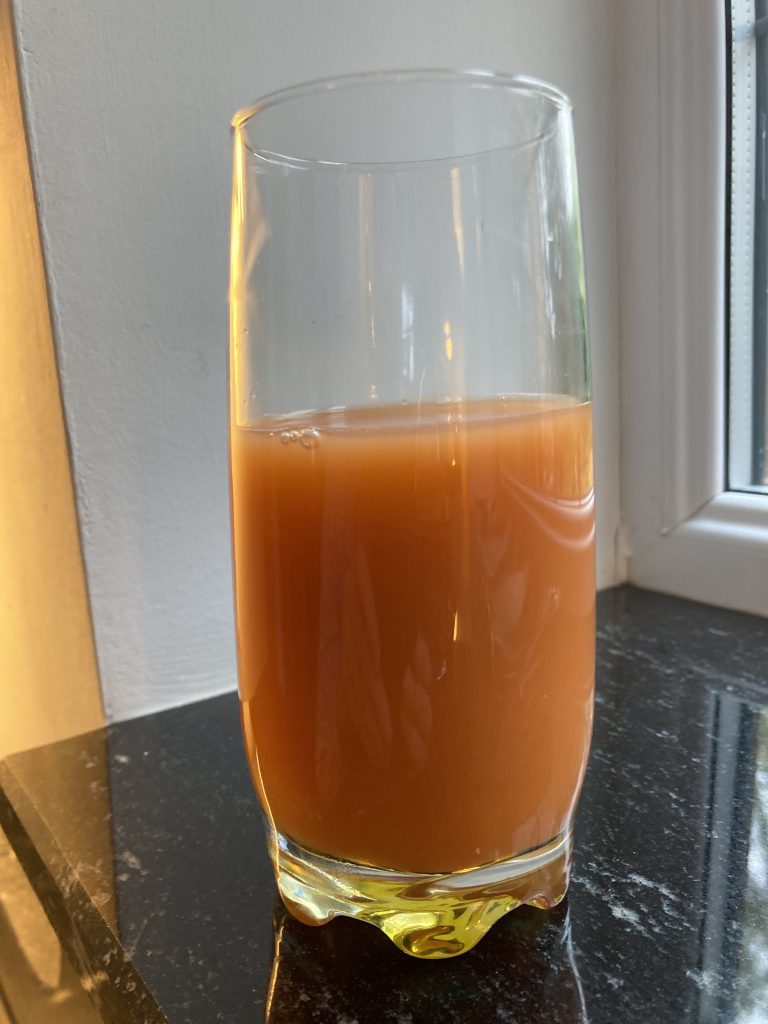Fats: the Good and the Bad
GOOD FATS:
Essential Fats
The most common deficiency in the body is not vitamins nor minerals but essential fats. There are two types of essential fat: Omega 3 and Omega 6. The most useful clue is dry skin. But deficiency of either fat can cause thirst, brittle nails, behavior changes and poor wound healing.
We need more Omega 6 than Omega 3 because Omega 6 fats form the membranes of every cell of our body (all 30 trillion). Probably we need these fats in a ratio of 2:1 (Omega 6: Omega 3) but opinions of experts differ, and some say 4:1. Symptoms of Omega 3 deficiency include hyperactivity, learning problems and depression (they are essential for brain function), water retention, poor vision, immune dysfunction, memory impairment, dry bumpy skin, low energy, allergies, poor sleep, and hormonal problems. Symptoms of Omega 6 deficiency include hair loss, dry eyes, irregular heartbeats, frequent micturition, eczema (Omega 6 is nearly always low in eczema), arthritis and fatty liver.
Too much omega3 can suppress Omega 6 but too much Omega 6 does not suppress Omega 3. It is generally better to replace Omega 6 before replacing Omega 3.
Why are we Deficient?
We get one-quarter of the Omega 3 we got in 1850. Fats (like butter) go rancid quickly. They have a short shelf life and so they are inconvenient for food manufacturers so they have replaced them with unhealthy artificial fats called hydrogenated or trans fats. So only a handful of foods such as nuts, seeds, eggs and oily fish contain essential fats today. We don’t eat much of these but are bodies still need them and they can make a big difference to our health.
What to Eat
Foods with omega 3 fats include oily fish (mackerel, herring, sardine, pilchards) walnuts, pumpkin seeds and flaxseed. Eggs, especially enriched (hens fed on flaxseed) contain a little as does meat from wild animals. Note most farmed fish have low levels of Omega 3. Foods with Omega 6 include most seeds such as sunflower seeds and most nuts. So, adding some flaxseed and sunflower seeds to the diet will help.
Cold-pressed oils are an excellent source of these fats. A good quantity for someone of average weight would be 2 tablespoonfuls of cold-pressed sunflower or safflower oil (these are high in Omega 6) and one of cold-pressed flaxseed oil (these are high in Omega 3), More may be needed if you are above average weight).
Ideally, take these at different times, such as the Omega 3 in the morning and the Omega 6 at night, otherwise one partially blocks the absorption of the other. Hemp seed oil contains both Omega 3 and Omega 6 and in the right ratio, but it is less effective for the brain. A good source of Omega 6 is evening primrose oil. Borage oil also contains omega 6 but is better avoided, being a long chain fatty acid.
Fish oils are an excellent source of Omega 3 and contain EPA and DHA which are essential for brain function. Unlike flaxseed oil these don’t need to be converted into EPA and DHA (which many people can only convert slowly).
These are widely available from health food shops. They don’t taste good but note that they are well absorbed through the skin which is useful for children. Note supermarket oils labelled sunflower or safflower have been heated to high temperatures and the healthy fats have been denatured which make the problems worse, so avoid these completely. Mixed oils such as Udo’s oil are also available but can be more expensive. Hemp oil has a mix of Omega 3 and 6 in the right ratio.
NEUTRAL FATS
Saturated Fats
For many years saturated fats have been cast as the villain and thought to be a cause of heart attacks and strokes. But recent studies have found this not to be true. A meta-analysis by Krause in 2010 of 21 separate studies involving a total of 347,747 patients found there was no link between saturated fats and heart disease and saturated fats had a small protective effect for strokes.
BAD FATS
Hydrogenated Fats
There is no doubt that hydrogenated or partially hydrogenated fats (the latter contain the most trans fats) are harmful and even in small amounts. A 2% increase in hydrogenated fats in the diet has been found to increase heart disease by 23%.
Key sources of hydrogenated fats are cooking oils and margarines but they can also be found in a wide range of processed foods such as biscuits, mayonnaise, pastries, pies, pizzas, pastas, crisps and cakes. Any food sitting on a supermarket shelf with a long shelf-life is likely to contain hydrogenated fats. These fats are not always easy to spot. Look for the following on labels: trans fats, vegetable oil, vegetable fat, shortening, hydrolysed fat, hydrolysed vegetable protein. Emulsifiers typically contain mono- and diglycerides, which are forms of trans fats, but products containing these can be labelled as free of trans fats. Avoid hydrogenated fats and avoid re-using oils.
When cooking, use butter, lard, animal fats and coconut oil as they are more heat resistant. Olive oil is not so good as its smoking point is 300 degrees, giving it the potential to produce hydrogenated fats, but it is preferable to vegetable oils.





